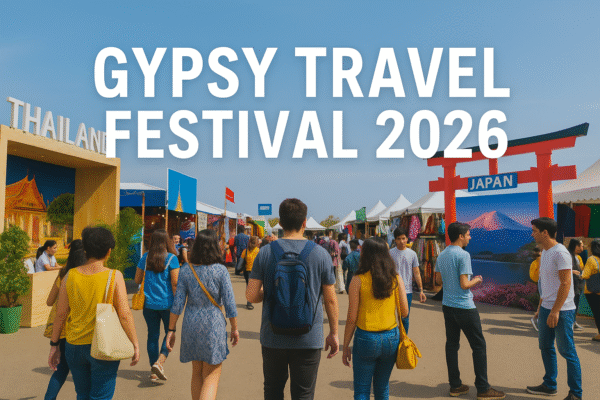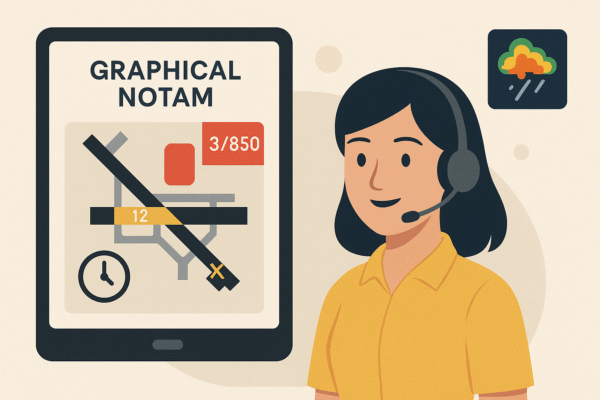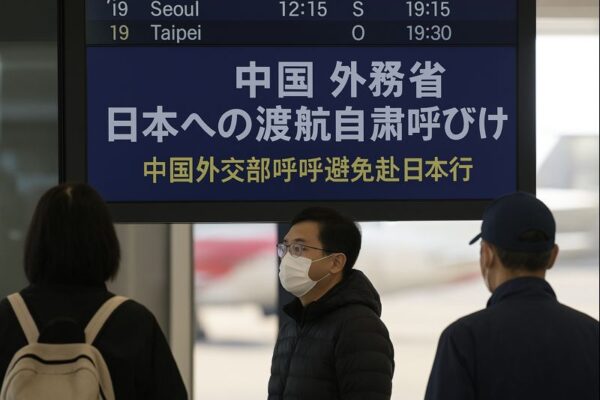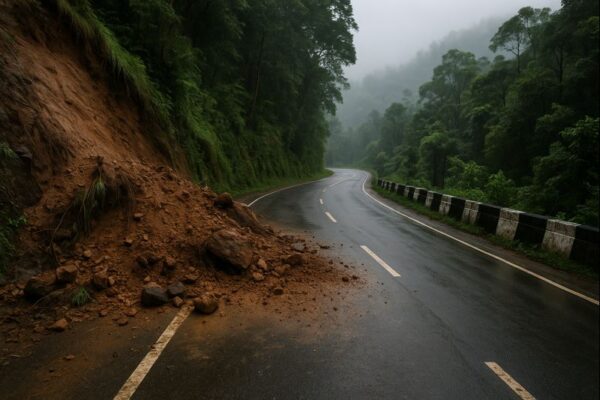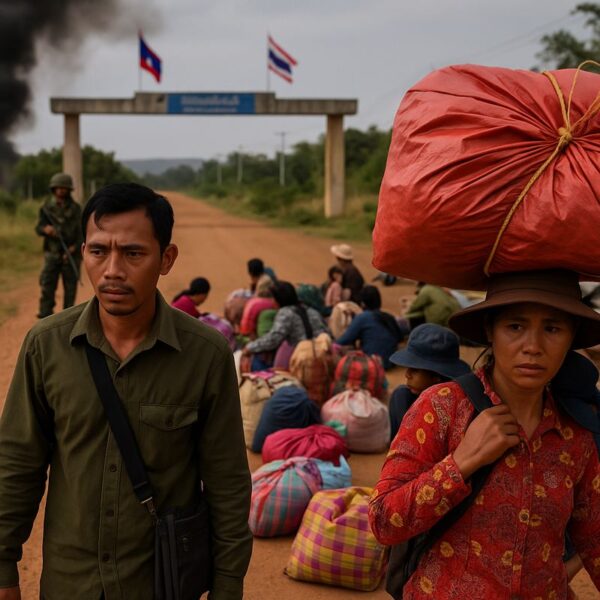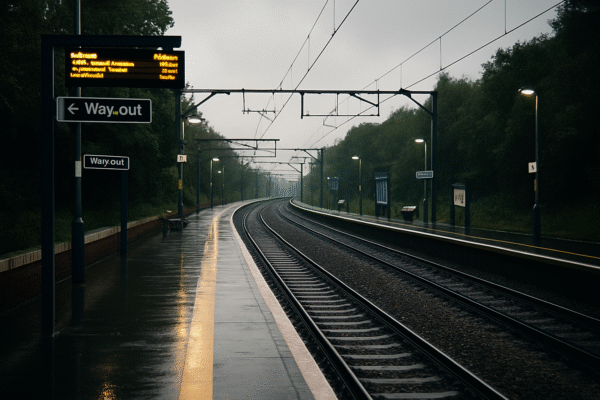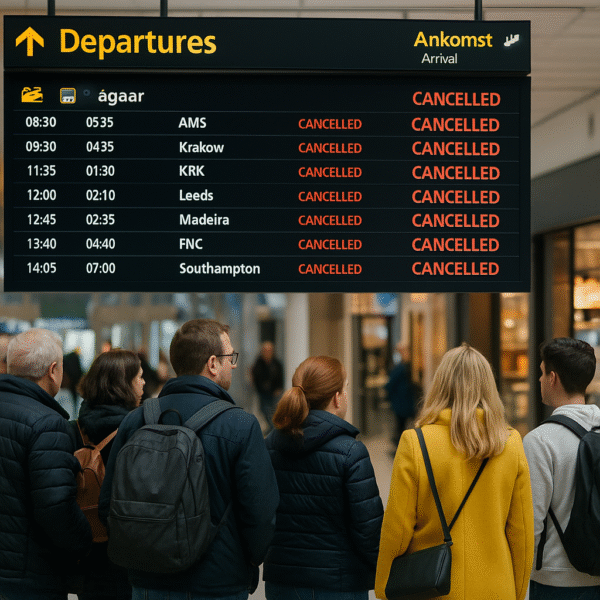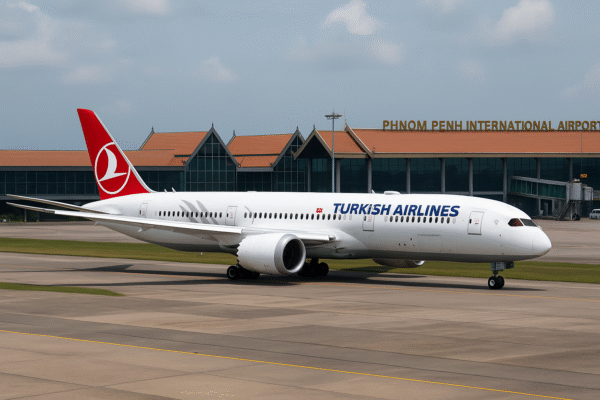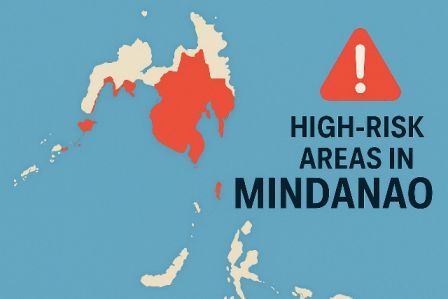Canada has recently issued an urgent travel advisory urging visitors to exercise extreme caution or avoid certain regions entirely in the Philippines due to serious security threats, including terrorism, kidnapping, and high crime rates. The advisory particularly highlights the Mindanao region, marking several areas as extremely dangerous for tourists.
The Canadian government, which regularly updates global travel advisories, assigned the Philippines an overall “yellow code,” meaning travelers should exercise a high degree of caution. However, several critical areas have been escalated to “red code,” indicating a strict recommendation to avoid all travel.
High-Risk Areas in Western Mindanao
Western Mindanao has received Canada’s highest alert level. The region is known for ongoing violence, with threats from extremist groups, frequent clashes between rebels and security forces, high crime rates, and a significant risk of kidnapping targeting foreigners.
Travelers are strongly advised to avoid these areas:
- Basilan
- Cotabato
- Lanao del Sur
- Lanao del Norte
- Maguindanao
- Misamis Occidental
- Sarangani
- South Cotabato
- Sultan Kudarat
- Sulu
- Tawi-Tawi
- Zamboanga del Norte
- Zamboanga del Sur
- Zamboanga Sibugay
These provinces in western Mindanao have witnessed frequent terrorist attacks, kidnappings, and violent confrontations, rendering them highly unsafe for tourists.
Additional Areas to Avoid in Central and Eastern Mindanao
Although Central and Eastern Mindanao are somewhat safer than the western region, Canada still advises against all non-essential travel here due to persistent security threats. Specific provinces to avoid include:
- Agusan del Norte
- Agusan del Sur
- Bukidnon
- Davao de Oro
- Davao del Norte
- Davao del Sur (excluding Davao City)
- Davao Occidental
- Davao Oriental
- Misamis Oriental
- Surigao del Norte (excluding Siargao Island)
- Surigao del Sur
These areas continue to see high crime rates and kidnapping risks, despite ongoing security efforts by local authorities.
Understanding the Risks in Mindanao
Mindanao, the Philippines’ second-largest and one of its most densely populated islands, has been a hotspot for extremist groups for many years. Groups linked to ISIS and other militant organizations have targeted public places, including markets, public transport, and even places of worship. Past incidents include deadly bombings in prominent cities like Cotabato, General Santos, Jolo, Kidapawan, Marawi, and Zamboanga, causing significant casualties and widespread fear.
Local authorities remain committed to improving security, but the situation remains highly volatile, making it difficult for embassies, including Canada’s, to provide timely assistance in emergencies.
Critical Hotspots: Specific Danger Zones
Canada’s advisory emphasizes three main areas as especially dangerous within Mindanao:
- Bangsamoro Autonomous Region in Muslim Mindanao (BARMM)
- Zamboanga Peninsula
- Sulu Archipelago
These regions experience the highest concentration of terrorist activity, kidnappings, and violent crime, posing extreme risks to travelers.
Safety Tips for Travelers in High-Risk Areas
For individuals who are already in these high-risk areas or those unable to change their plans, Canada strongly recommends several crucial safety measures:
- Stay Indoors: Limit outdoor activities, especially at night.
- Avoid Crowded Places: Public gatherings, markets, and transport hubs can be prime targets.
- Maintain Documentation: Always carry identification and travel documents in case of emergency checkpoints or security checks.
- Monitor Local News: Stay informed about recent developments and possible threats by regularly checking credible news sources.
- Follow Local Authorities’ Guidance: Adhere strictly to advice and instructions given by local security forces and authorities.
- Travelers should remain vigilant and constantly aware of their surroundings, avoiding isolated areas and traveling in groups whenever possible. Using reputable tour operators with local knowledge can also reduce risks significantly.
- Staying Updated with Canada’s Travel Advisories
- The Canadian government consistently reviews and updates its global travel advisories based on real-time security assessments. Travelers planning visits to the Philippines or currently there should frequently check official Canadian government websites for the latest updates to ensure their safety.
- By staying alert, informed, and proactive, visitors can help ensure a safer experience, despite the current risks in specific regions of the Philippines.
Stay alert, follow Global Travel Wire.

